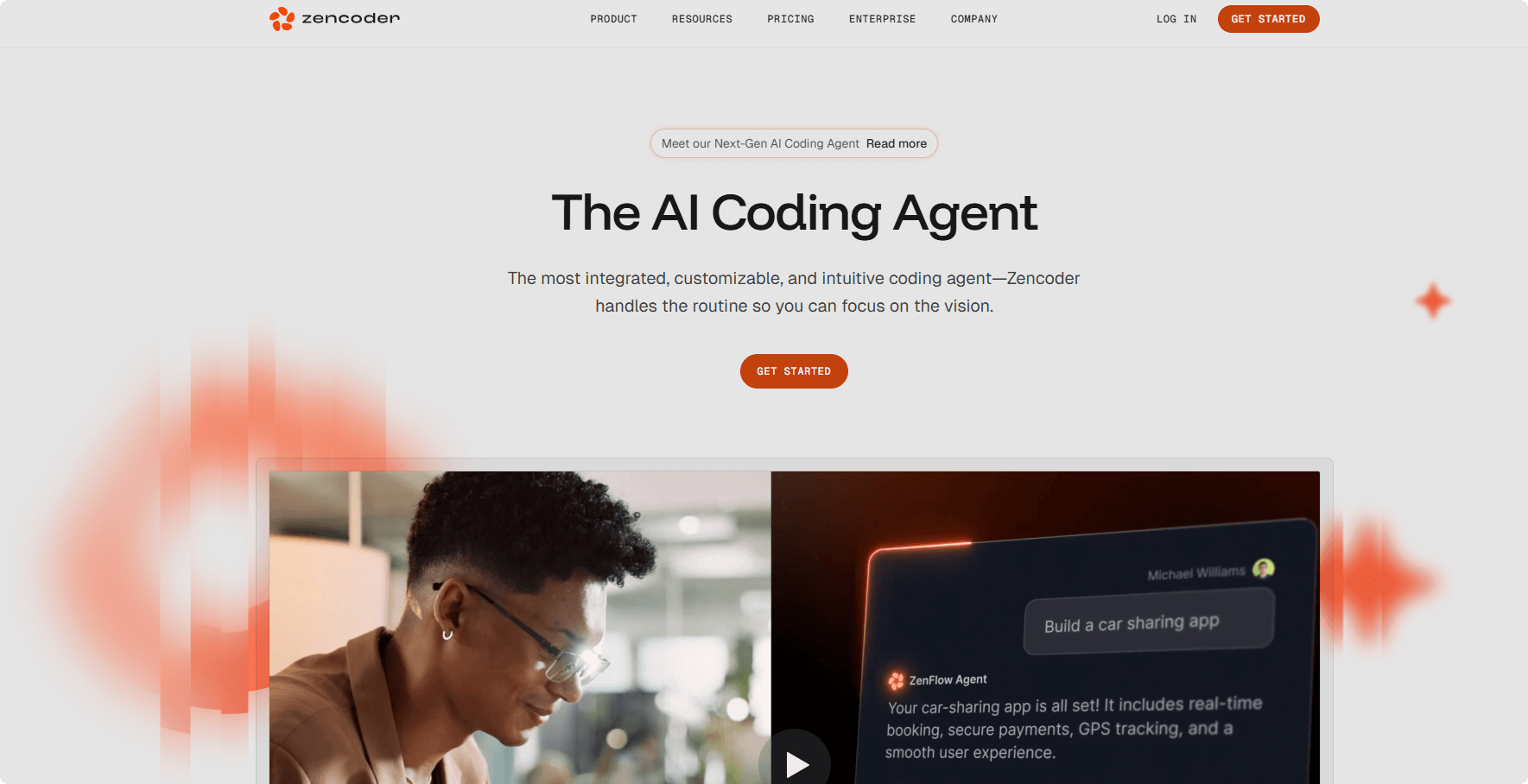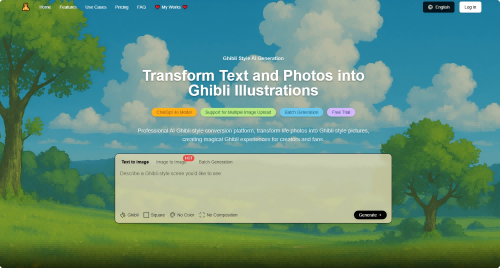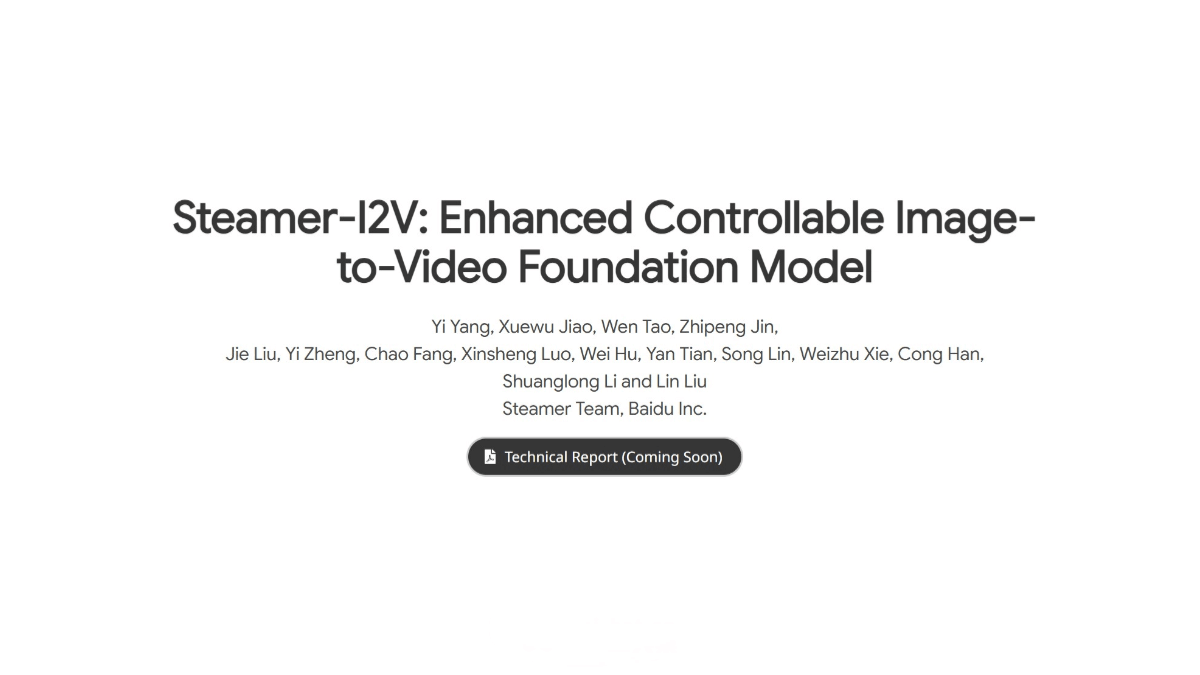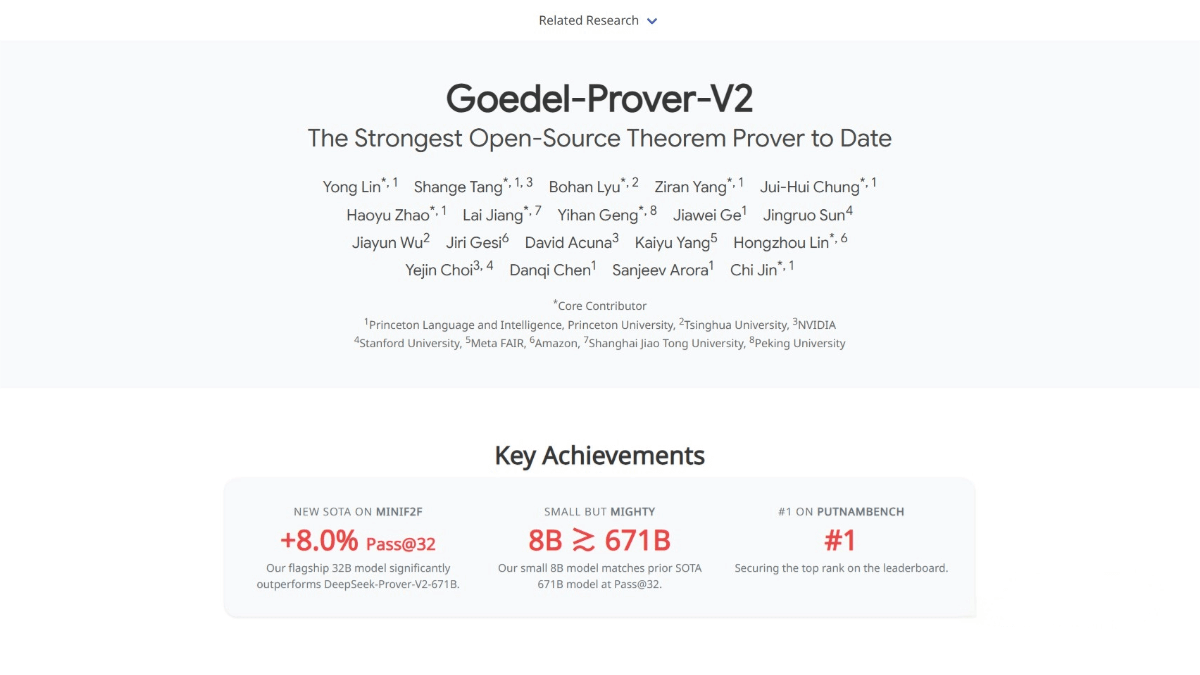CodeBuddy IDE – Tencent’s AI-powered full-stack development platform
What is CodeBuddy IDE?
CodeBuddy IDE is an AI-powered full-stack development platform launched by Tencent. It streamlines the entire development workflow—from design to deployment—through features such as intelligent code completion, design-to-code conversion, and one-click deployment. The platform allows developers to convert Figma designs directly into production-ready code, and includes integrated Supabase backend services for simplified database and authentication management. With powerful AI assistants capable of generating multi-file code, refactoring existing projects, and fixing bugs, CodeBuddy IDE bridges the gap between product managers, designers, and developers—boosting collaboration and allowing developers to focus on innovation.
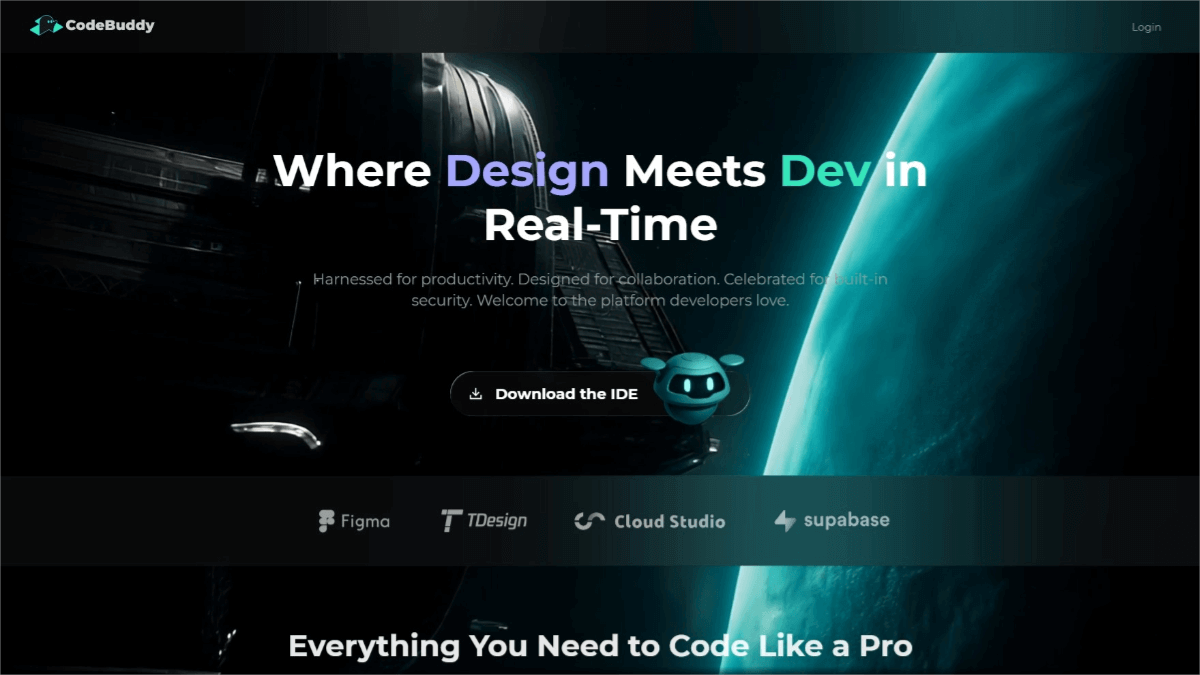
Key Features of CodeBuddy IDE
-
AI Code Completion
Powered by advanced AI models, it offers real-time code prediction and auto-completion to speed up coding, reduce repetitive tasks, and increase productivity. -
AI-Generated Prototypes
Transforms hand-drawn sketches or design concepts into high-fidelity, interactive prototypes—helping designers and developers validate ideas quickly. -
Design-to-Code Conversion
Converts Figma designs into clean, production-grade front-end code. Supports multiple frameworks and achieves up to 99.9% accuracy, significantly reducing frontend workload. -
AI Full-Stack Development
Automatically generates complete front-end and back-end code, including database schema and API development. Also supports code refactoring and optimization. -
Built-in Backend Integration
Seamless integration with Supabase provides out-of-the-box database and authentication features with zero configuration, simplifying backend development. -
One-Click Deployment
Supports automated workflows from development to cloud deployment. Developers can deploy projects with one click and instantly generate live demo URLs for testing and sharing. -
Real-Time Collaboration
Enables multiple team members to collaborate simultaneously—editing code, reviewing designs, and discussing details in real-time, reducing communication costs and boosting teamwork. -
Multi-Language Support
Supports popular programming languages including JavaScript, TypeScript, Python, Java, and more, making it adaptable to various development scenarios.
How to Use CodeBuddy IDE
-
Access Invitation
CodeBuddy IDE is currently in closed beta and requires an invitation code to access. -
Download & Install
Visit the official website: https://www.codebuddy.ai/
Download the installer for your operating system (Windows, macOS, or Linux), then launch the IDE after installation. -
Activation & Setup
-
Enter your invitation code to unlock Pro access.
-
Register and log into your account.
-
Connect to integrated services like Supabase as needed.
-
-
Create a New Project
-
Click “New Project” and enter the project name and description.
-
Choose from built-in templates (e.g., web app, mobile app, or WeChat mini-program).
-
-
Using AI Features
-
Code Completion: As you type, CodeBuddy suggests code snippets. Press Tab to autocomplete.
-
Design to Code: Import Figma files and click “Convert to Code” to generate front-end code automatically.
-
Full-Stack Development: Describe your project needs and select an AI model (e.g., Gemini or Claude) to generate both front-end and back-end code along with database design.
-
One-Click Deployment: After development, click “Deploy” to push your app to the cloud and get a live URL.
-
Application Scenarios
-
Full-Stack Development
Quickly generate front-end and back-end code across various frameworks and languages. Ideal for building web apps, mobile apps, and WeChat mini-programs. -
Design-to-Development Collaboration
Convert Figma designs into production-level code to reduce frontend workload and enhance cross-functional collaboration between designers and developers. -
Rapid Prototyping
Turn sketches or ideas into high-fidelity, interactive prototypes—perfect for agile development and quick user feedback. -
Team Collaboration
Real-time, multi-user collaboration enables shared coding, design review, and discussion—minimizing friction and improving productivity. -
Low-Code Development
Non-developers can build applications by describing requirements, which the AI turns into functional code—lowering the technical barrier to entry.
Related Posts

